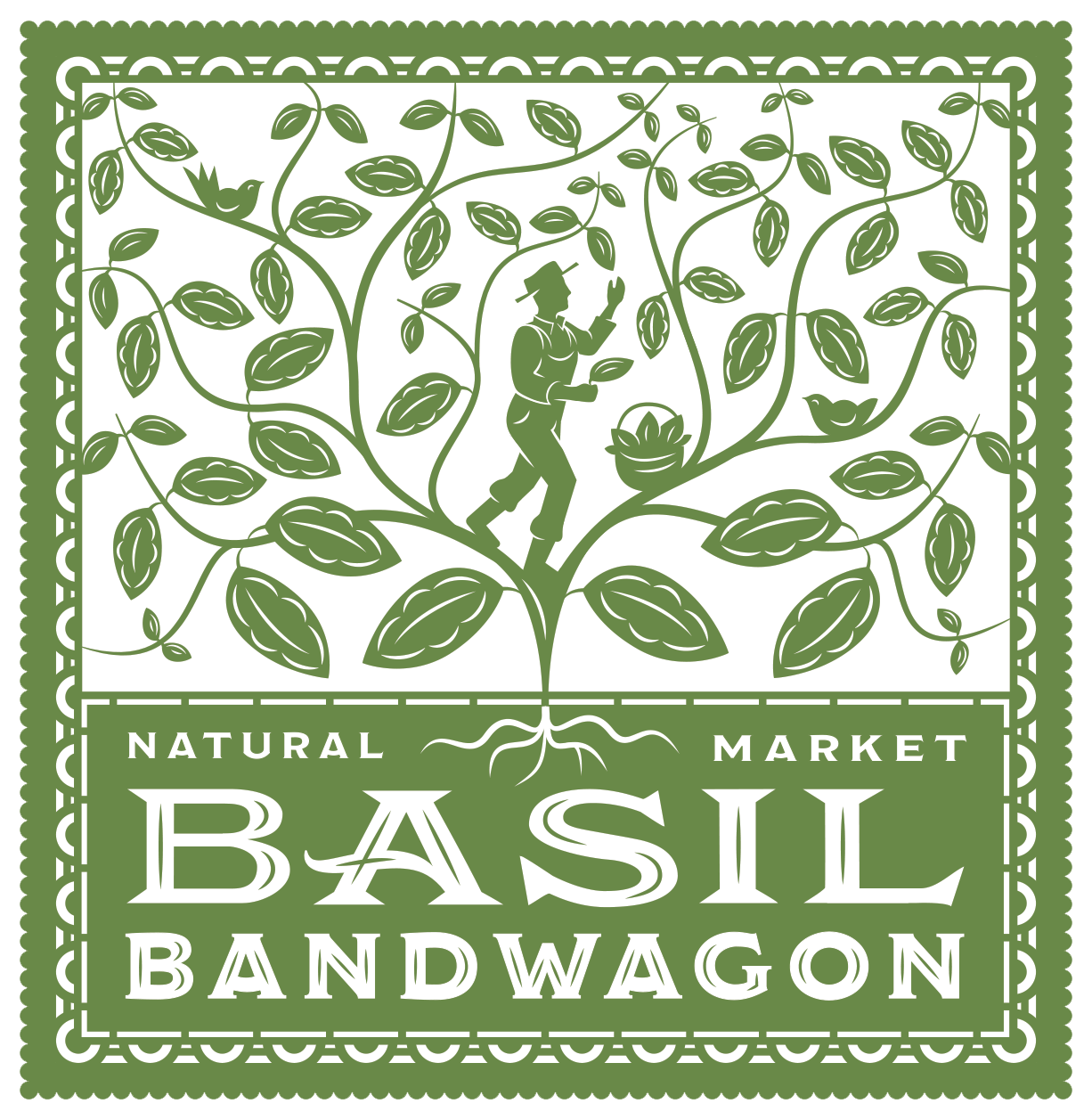
11 Oct Food Choices: Organic vs. Non Organic and GMOs
Before agriculture became part of the industrial revolution, plants grown for humans and animals contained a wide range of diversity. Nursery catalogs were filled with numerous varieties of each plant. Today, most crops are grown in large single-variety plots to improve consistency of product, tolerance to drought and shipping. In some instance these single varieties have increased the vulnerability to certain pests and necessitated the increased use of pesticides.
Heirloom gardening has taken over the diversity niche around the world to help preserve the history and variety available to gardeners. Many communities are coming together to help preserve old orchards and other plant varieties before they are lost to time. Heirloom seeds are available through several companies and are growing in popularity.
The term Organic Farming was invented by an English agriculturalist, Lord Northbourne, in 1939. In his book Look to the Land, he introduced his concept of “the farm as an organism”, to describe a holistic, ecological approach to farming in place of the use of chemicals. Today, organic foods are grown using certain specific farming standards. The details vary worldwide but share common principles and include certain restrictions.
Encourage:
- Reduce and recycle natural resources
- Conserve biodiversity
- Promote the balance of ecosystems
Restrict use of:
- Certain pesticides and fertilizers
- Radiation
- Solvents
- Synthetic additives
The National Organic Program (NOP) regulates and oversees organic food products in the United States. Twenty-one additional foreign agencies manage certification including: Canada, Mexico, the European Union, and Japan. While anyone can grow using organic practices, only those farms who obtain governmental certification can market their products with a certified organic label.
The top GMO crops today include corn, canola, cottonseed, soybeans, sugar beets, alfalfa, Hawaiian papaya, zucchini, and yellow squash. Many of these foods are processed to create shelf stable products. It’s important to look for non-GMO labeling when shopping.
The Danger’s of GMOs
Genetically modified organisms (GMOs) are food crops that have their genetic material altered either by changing their existing genes or by substituting genes from organisms. This is not the same as cross-breeding plants that have a natural affinity for one other. We don’t yet know the full extent of the risk involved in eating GMOs or feeding them to livestock. Since the introduction of GMO soy, twice as many people are now allergic to it. Modification often blends proteins from other animal and plant species which can trigger unforeseen reactions. For example, certain crops have genetic material inserted from bacteria.
The GMO seed market is wholly controlled by six companies. Farmers cannot plant GMO crops without paying royalties and fees. This raises issues for nearby non-GMO farmers, whose crops may inadvertently be contaminated by cross pollination. Non-GMO farmers face legal battles to fight the infiltration. This is a daunting undertaking considering the wealth behind the big six. Wild areas are also threatened with no recourse for damages. Insect-resistant GMO corn is threatening the monarch butterfly population in North America.
The loss of diversity pressures the natural relationship between plants and the environment. Each microcosm relies on a delicate balance of microorganisms, plants and animals, along with chemical and physical properties such as the amount of rainfall. Shifting the balance of and ecosystem threatens its very existence. Narrowing the natural genetic diversity of plants also makes them more vulnerable to the forces of nature.
What can we do?
- Demand consumer choice and require GMO labeling
- Support non-GMO and heirloom variety crops and products
- Read labels and insist on transparency



